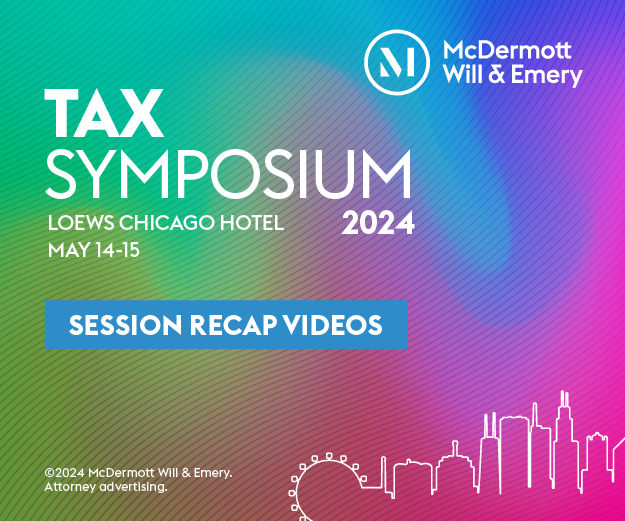Every year, the Taxpayer Advocate Service’s (TAS) Annual Report to Congress provides a unique perspective regarding the workings of the Internal Revenue Service (IRS) and how the IRS relates to the vast majority of taxpayers. That insight is particularly valuable when the IRS chooses to assert penalties—one of the most policy-driven decisions that the IRS can make. In its 2016 report, the TAS makes a number of important observations and recommendations related to three of the most commonly asserted types of penalties—accuracy-related penalties, failure-to-file and failure-to-pay penalties, and the Trust Fund Recovery Penalty.
Accuracy-Related Penalties
The TAS identified 122 cases litigated between June 1, 2015, and May 31, 2016 (the reporting period), involving accuracy-related penalties. Of those cases, the IRS prevailed in full in 86 cases (70 percent), taxpayers prevailed in full in 20 cases (16 percent), and 16 cases were split decisions (13 percent) (percentages were rounded down in the original report). Unusual this year were the number of split decisions and the number of taxpayer wins in pro se cases. Many cases involving the negligence penalty turned upon the taxpayer’s failure to maintain adequate books and records related to the adjustments at issue.
In 2013, the TAS issued a study noting that the IRS’s imposition of accuracy-related penalties, subsequently abated after an assessment and a successful taxpayer appeal (among other fact patterns), could lead to a perception of unfairness among taxpayers regarding the IRS’s manner of assertion of these penalties. The TAS cited this study in its 2016 report, and noted again that this conduct could be detrimental to voluntary taxpayer compliance and could undermine the purpose of accuracy-related penalties.
In fact, a main priority of the Annual Report overall is to improve voluntary compliance, a fundamental element of our tax system. The TAS notes that “unnecessary coercion” by the IRS—whether through unsustained penalties or otherwise—could have the effect of reducing voluntary compliance.
Failure-to-File / Failure-to-Pay Penalties
The TAS identified 45 total decisions involving failure-to-file and failure-to-pay penalties in the reporting period. Of these, 28 cases involved taxpayers representing themselves. The majority of cases involved full or partial taxpayer losses.
The TAS noted, consistent with our experience, that the IRS frequently relies upon selection of failure-to-file and failure-to-pay cases through its Reasonable Cause Assistant software, which makes the initial decision to impose the relevant penalties in most cases without significant human involvement. Personal review of the penalty decision does not generally occur until after the taxpayer files an administrative appeal. The TAS advocated for heightened personal review of these penalties and heightened consideration of relevant facts and circumstances potentially supporting abatement.
Trust Fund Recovery Penalties
The TAS noted that several Trust Fund Recovery Penalty cases this year had successfully challenged whether the penalty was properly noticed and assessed. United States v. Appelbaum, 117 A.F.T.R.2d 2016-633 (W.D.N.C.); Romano-Murphy v. United States, 816 F.3d 707 (11th Cir. 2016).
The TAS further discussed a number of unsuccessful taxpayer challenges to assessment of the Trust Fund Recovery Penalty on grounds of [...]
Continue Reading
read more

 Subscribe
Subscribe




